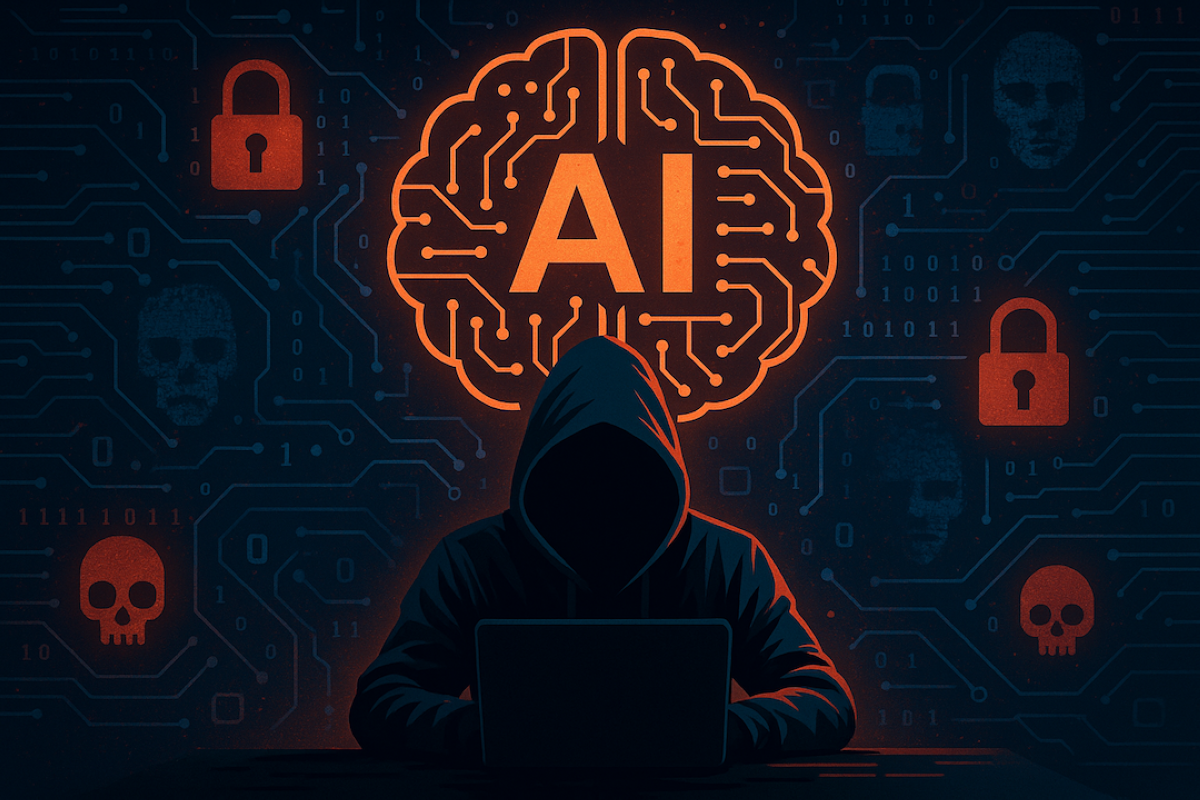Dark AI: The Technology of Cyber-Evil
In the shadowy alleys of the internet, a dark transaction takes place. John—a pseudonym for one of the hackers—has just purchased an AI-driven toolkit from a black market website hidden deep within the layers of the dark web. Little does the world know, this tool, described in the glowing reviews of its predecessors, is about to unleash a cyber-attack of unprecedented sophistication. This is just one instance of a growing trend: the rise of Dark AI, the technology of cyber-evil.
Artificial intelligence (AI) has revolutionized industries, driving innovation and efficiency. However, as with any powerful tool, in the wrong hands, AI can become a formidable weapon. Such is the story of its adoption in the nefarious corridors of cybercrime, where its capabilities are being harnessed for malicious, unethical, and unauthorized purposes.
The Rise of Cyber-AI
According to a recent report by Cybersecurity Ventures, cybercrime is expected to inflict damages totaling $10.5 trillion annually by 2025, up from $3 trillion in 2015. The accessibility and power of AI are key drivers of this surge, as AI tools become more available even to those with nefarious intentions. Hackers are now able to perform sophisticated operations that were once believed to be the bastion of only the most elite cybercriminal organizations.
Data and Insights
A study by Gartner suggests that AI-powered cyber-attacks could be among the most profound technology threats by 2023. AI enables automation of attacks, which can analyze vast amounts of data to find vulnerabilities in systems, learn human behavior to craft convincing phishing attempts, and even impersonate individuals.
| Year | Cybercrime Costs | AI Involvement |
|---|---|---|
| 2015 | $3 Trillion | Minimal |
| 2023 | Estimated $8 Trillion | Significant |
| 2025 | Expected $10.5 Trillion | High |
Industry Perspectives
The tech community is divided on how to tackle this growing threat. Some experts, such as those from Wired, argue for stronger international collaboration and legal frameworks to deter cybercriminals, while others emphasize the need for private sector innovation to combat these threats with equal technical prowess.
“It’s a race against time,” says Michael Chen, a cybersecurity expert from TechCrunch. “The tools for cyber-evil are evolving faster than our defenses, and without a concerted global effort, we’re facing a bleak future.”
Conclusion
As we stand on the cusp of a new era dominated by artificial intelligence, the ethical and security implications are profound. The story of Dark AI is a cautionary tale. It is a call to action for technologists and policymakers alike to ensure that AI’s promise does not become its peril.
For tech enthusiasts and professionals, the message is clear: stay informed and proactive. Whether investing in personal cybersecurity measures or advocating for stronger regulations, the fight against Dark AI requires vigilance and strategic foresight.
To learn more about the ongoing battle against AI-driven cybercrime, readers can explore resources from reputable tech sites like The Verge or ZDNet.
Related Reading
- HMRC Tax Credits rule change from September after court ruling
- Business Brief: Canadian companies and the AI reboot
- AI Money Is Raining Down on Clean Tech Firms





[…] India’s First AI Unicorn Fractal Files for $560 Million IPO When AI takes the entry-level job How Artificial Intelligence is helping badminton players improve their games Investors Flee Companies Seen as Most at Risk From Artificial Intelligence Dark AI: The technology of cyber-evil […]